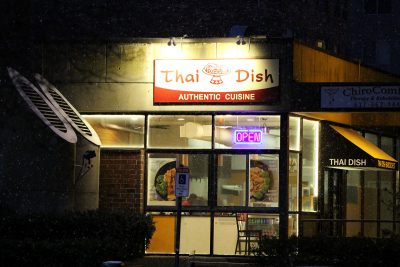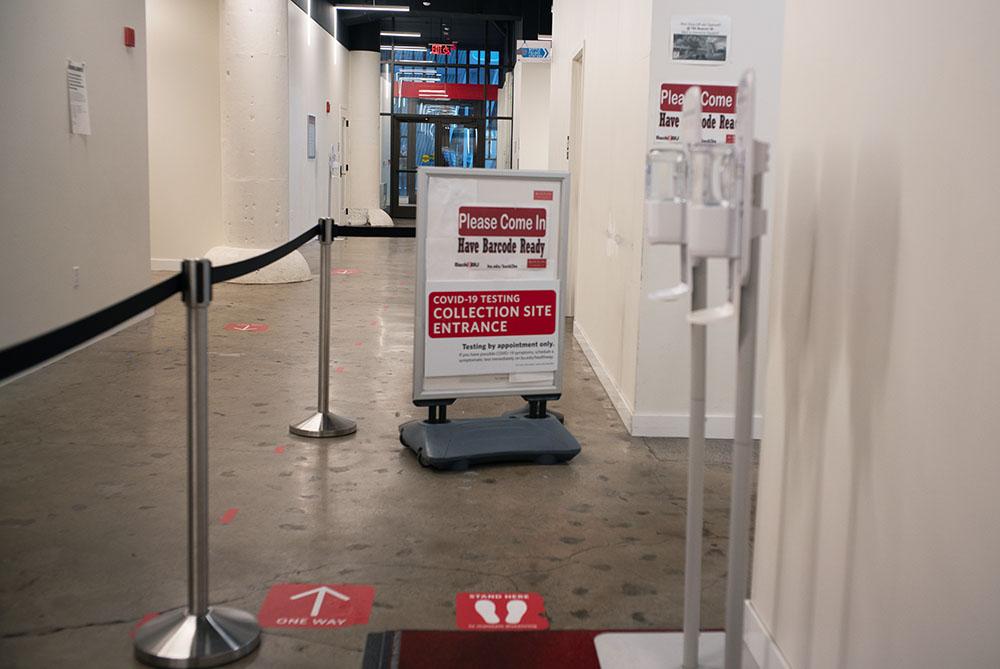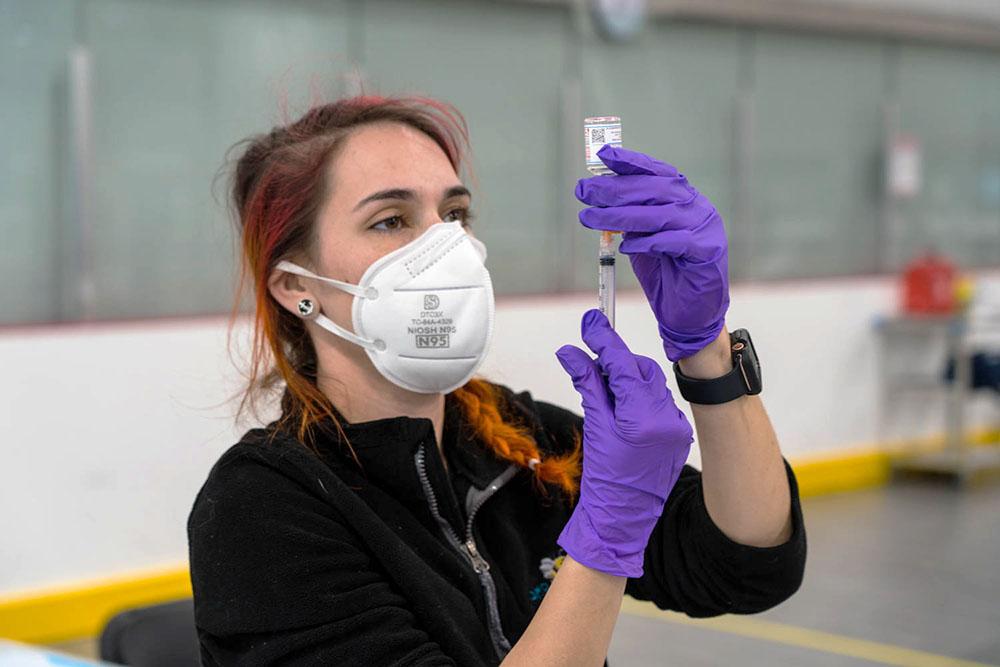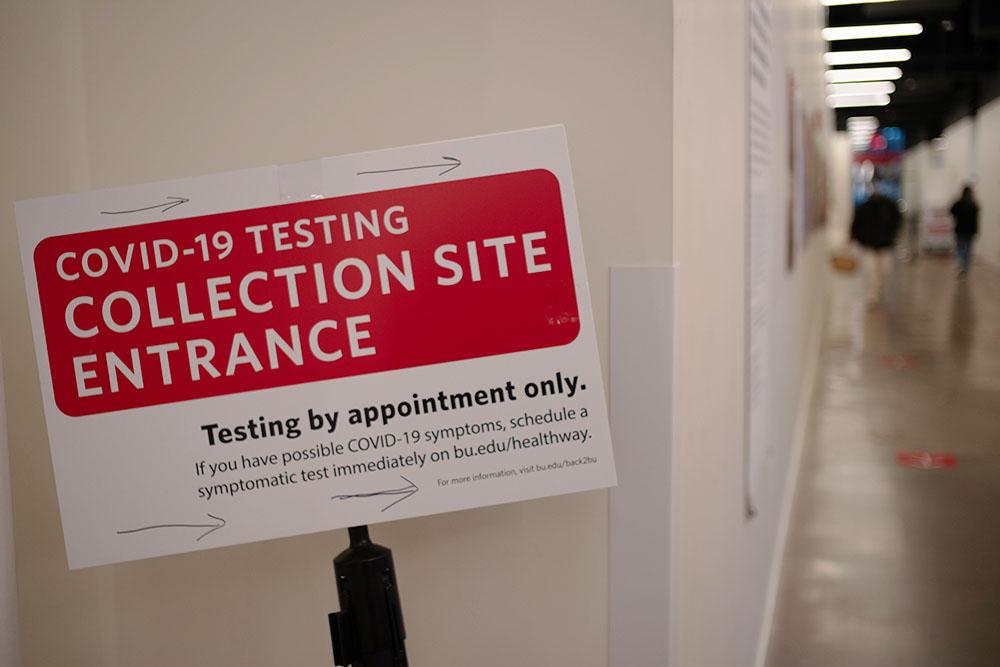Gov. Charlie Baker lifted an order mandating restaurants to close early, allowing local businesses to return to late-night service.

The restriction, imposed by Baker in November, banned restaurants, fitness centers, museums, zoos, movie theaters and a number of other recreational spaces from operating between 9:30 p.m. and 5 a.m. — eliminating a typically profitable evening time for restaurants.
“The 9:30 curfew was preventing restaurants from having the ability to get a “2nd seating”, which is a significant source of business,” wrote Steve Clark, vice president of government affairs at the Massachusetts Restaurant Association, in an email. “There were a number of places that were forced to lay off staff, as a result of and right after this curfew was implemented.”
Second seating refers to restaurants allowing a second round of customers to dine after the first group of customers has left in order to fit more diners at the same table during the evening, according to Clark.
Marco Caputo, the owner and executive chef of MAST’ — an Italian restaurant in the North End — said the curfew had a major impact on business.
“People didn’t come in,” Caputo said. “All my employees went down to 20 hours a week.”
Before the curfew, the MAST’ kitchen closed at 11 p.m., Caputo said, although the restaurant would typically stay open to serve customers until they decided to leave. With the curfew, those lingering customers were lost — and so was profit.
Yard House, a sports bar by Fenway Park, lost its usual Friday and Saturday bustle, which impacted the restaurant’s sales, said General Manager Steve Arakelian.
“Typically, we have a pretty good late night crowd on those nights,” Arakelian said. “We had to adjust our sales projections … labor projections and our labor budget based on the adjustments that we needed to make to the sales.”
Before the curfew, Yard House closed at 11:30 p.m. most nights and at 12:30 a.m. on Fridays and Saturdays.
As he announced the end of the curfew, Baker said the pandemic was improving in Massachusetts.
“We all know that we are not out of the woods yet by any means, but things do appear to be getting a bit better here in Massachusetts,” the governor said during a Jan. 21 press conference.
The rate of positive COVID-19 tests in the Commonwealth fell from 8.7 percent at the beginning of January to 5.2 percent at the time of the conference. Since then, it has continued to decrease.
“Lifting the curfew is a big deal to many,” Clark wrote. “This is a welcome change.”
Since the curfew was lifted only Monday, the full effects have not yet been felt by many restaurants.
“We’re talking about a Monday or Tuesday where typically we don’t have a large late night crowd,” Arakelian said. “This weekend, we anticipate that we’ll start to really see the impact of having the curfew lifted.”
Although late-night service can resume, restrictions remain for restaurants: face coverings are required for all customers and all workers, and the size of individual parties cannot exceed six people.
Additionally, it is highly recommended for outdoor seating to be utilized and that indoor tables are distanced at least six feet apart.
Caputo said MAST’ uses outdoor igloos to protect customers from the elements while they dine. Arakelian added Yard House offers outdoor seating if weather permits.
All of these regulations must be followed in addition to a state-mandated seating capacity of 25 percent. This cap is slated to last until Feb. 8, but can be extended by the governor.
“Everyone’s major concern is the safety of our guests and our team members,” Arakelian said. “But so long as we can operate and take care of our guests in a manner that keeps them [and] keeps our team members safe, then I would love to see the capacity increased.”
Caputo added that he sees the end of the curfew as a sign that people want to go out, and he hopes customers grow more comfortable with dining again.
Vaccinations and increased financial relief from the state and federal governments, Clark wrote, present some additional hope.
“There does appear to be a light at the end of the tunnel,” he wrote. “If we can navigate the next few weeks, there is a growing sense of optimism within the industry.”






















































































































